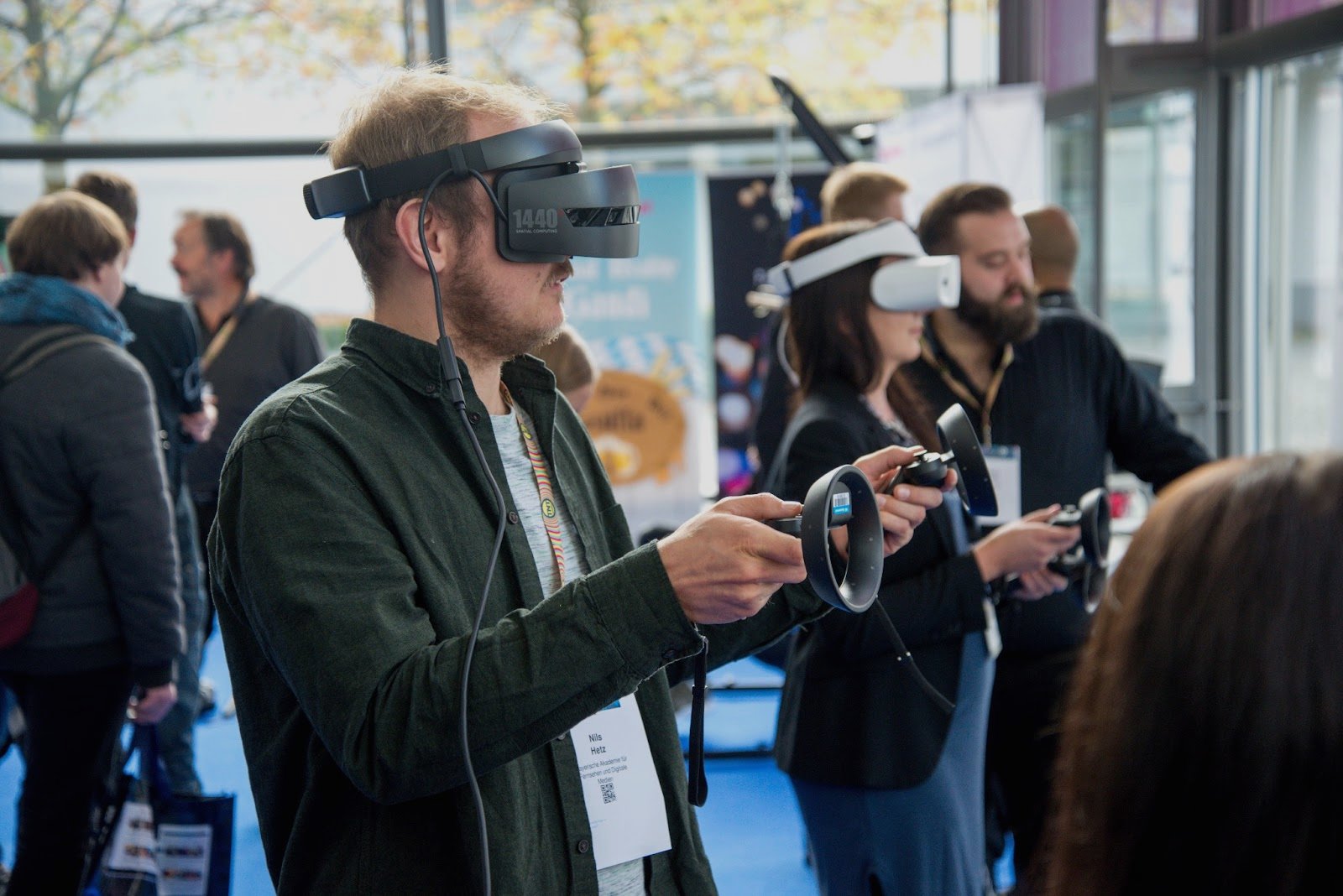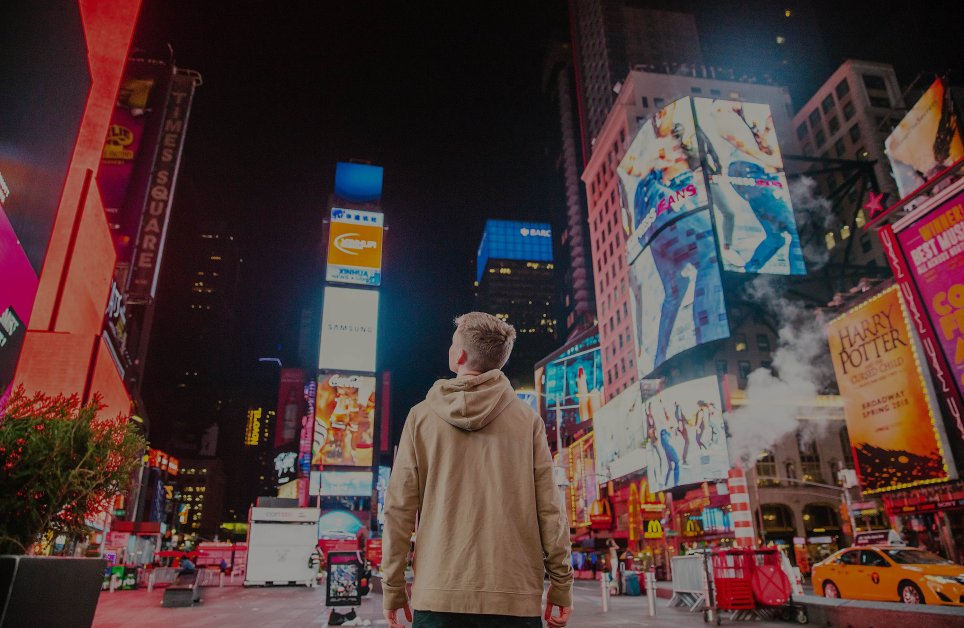
How do you measure brand experience?
The reality of the "experience economy" has been firmly established (and re-established post-COVID) with both marketers and consumers alike. Yet despite steady growth and proven success, brand experience can be a lower priority for clients than more traditional marketing channels. A 2022 Hubspot survey of 1,600+ B2B and B2C marketers around the world found that just 3 out of 10 say they use experiential marketing in their roles.
The Evolution of Experiential Marketing
Whether you call it Brand Experience, Experiential marketing, Event Marketing, or Live Marketing, the definition of what qualifies as "experience" is expanding - and how we measure this channel is, too. What do you think of when you hear the term "experiential marketing"? Your mind likely turns to physical experiences like:
-
Mobile tours
-
Pop-up stores
-
Publicity stunts
-
Screenings and premieres
However, standalone physical events and activations are giving way to a new paradigm. The modern consumer engages with brands across the physical, virtual and digital, which makes a rigid approach to experience outdated. Instead, brands increasingly desire a creative solution that's experience-driven but can be easily amplified across other channels.
Measuring Success
Until recently, measurability was a barrier to greater acceptance of experiential as a marketing lever. Unlike other forms of paid marketing, there was no immediate or always-on quantifiable metric.
While that may have been true as recently as a few years ago, in 2023 the reality of what a brand experience offers is very different.
The extension into digital and social touchpoints makes campaigns much more measurable. From contest entries on custom microsites to number of views of content creation, we now have the real-time ability to see how experiential delivers against business needs.
That doesn't mean that a physical experience in itself doesn't offer the potential for measurement. Some of these metrics are:
-
Foot traffic
-
Dwell time
-
Check-ins
-
Wifi access
-
Landing page visits
-
Promo code redemptions
The 2CGM approach
At AGM, we believe "experience is everything." It's not limited, it's not singular, it's not a beginning or an end. It's an integral part of the consumer journey; a connected pathway of engagement across physical, digital, virtual, and hybrid consumer touchpoints.
Therefore, it's vital every campaign maps out its own unique goals and measurables in advance. Doing so lets us curate a custom approach to every brief.
-
Before any activation, we review existing relevant data to ensure it's clean, correctly structured and standardised. We then determine additional data we'll want to collect before, during and after the experience. Last, we implement necessary tracking to capture and measure the results.
-
Based on an activation's goals (awareness, sales, etc.), we establish KPIs appropriate to the brand; the product or service; the event location; and type of event. When doing so we consider available 1st-party client data, 3rd-party syndicated data, and agency 2nd-party historical data for similar campaigns.
-
Our 24/7 bespoke reporting dashboards provide transparent access to real-time KPI performance as measured before, during and after the activation.

In conclusion
As we enter 2023, there's no denying Brand Experience is highly effective and highly measurable. The unique, personal connections it creates have proven to be as effective at engaging the modern consumer as more traditional standalone approaches. Should that really come as a surprise? After all, as the saying goes, actions speak louder than words - and now we can provide the data to prove it.


